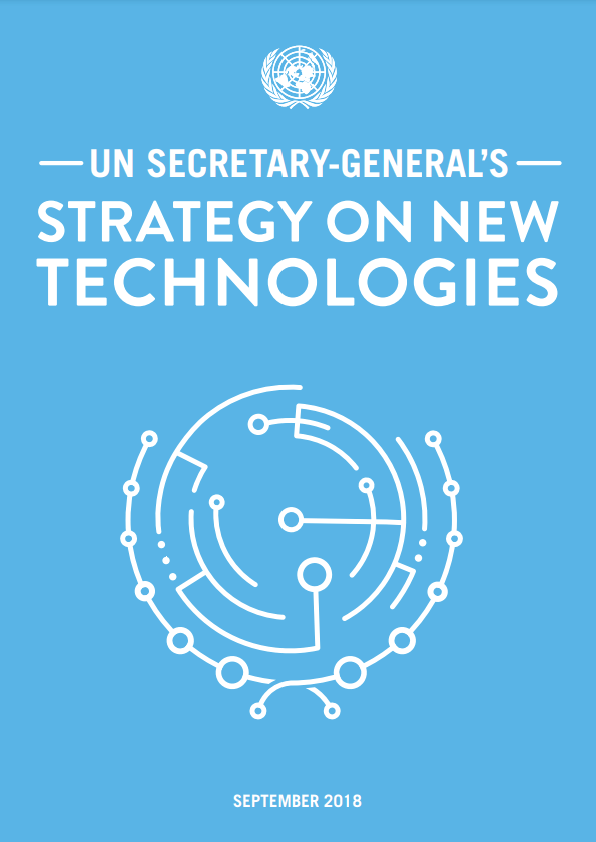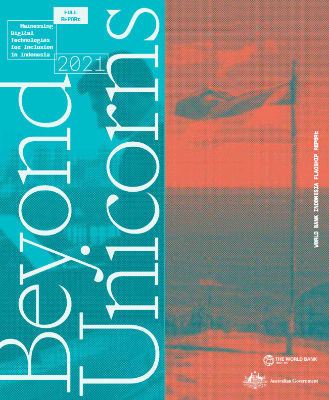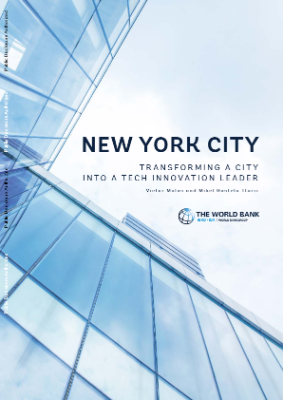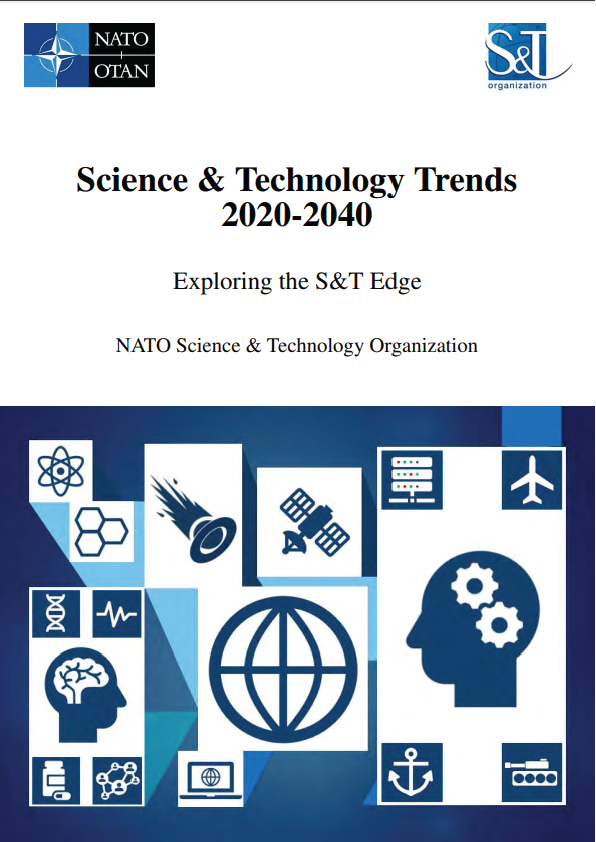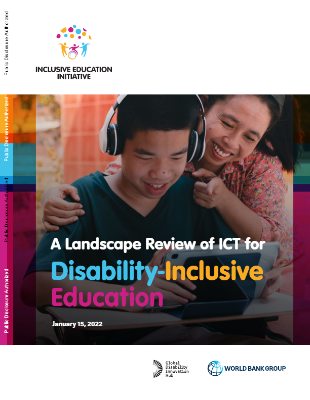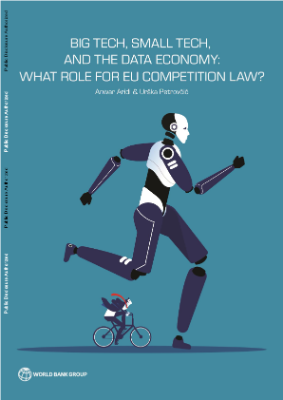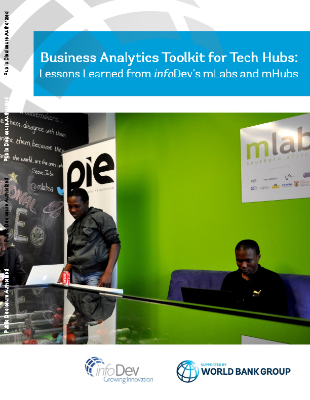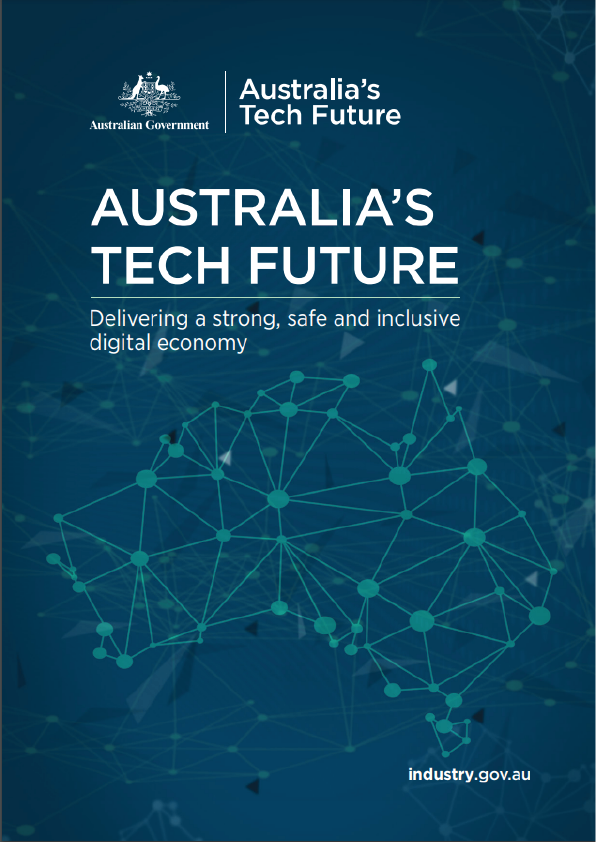EXECUTIVE SUMMARY
New and rapidly developing technologies such as artificial intelligence, biotechnology, material sciences and robotics hold incredible promise for the advancement of human welfare. They also hold the potential to generate more inequality and more violence.
The goal of this internal strategy is to define how the United Nations system will support the use of these technologies to accelerate the achievement of the 2030 Sustainable Development Agenda and to facilitate their alignment with the values enshrined in the UN Charter, the Universal Declaration of Human Rights, and the norms and standards of international law.
We will need to work closely with new and current partners to overcome challenges and reconcile interests, especially in the areas of privacy and human rights, ethics, equality and equity, sovereignty and responsibility, and transparency and accountability. Based on consultations across the UN system, I have identified five principles to guide UN engagement with new technologies:
- PROTECT AND PROMOTE GLOBAL VALUES: our work must be anchored in the values and obligations of the UN Charter and the Universal Declaration of Human Rights.
- FOSTER INCLUSION AND TRANSPARENCY: we must provide a platform for governments, businesses and civil society across generations to make collective choices about new technologies.
- WORK IN PARTNERSHIP: We must promote the development of partnerships across a range of actors to increase collective knowledge, test ideas, and expand dialogue.
- BUILD ON EXISTING CAPABILITIES AND MANDATES: our engagement with new technologies is necessary for preserving the values of the UN Charter and the implementation of existing UN mandates— it is not a new mandate.
- BE HUMBLE AND CONTINUE TO LEARN: for many industries, civil society groups and government bodies, the UN is not an obvious partner on these issues—so we need to engage and learn from each other.
Based on these principles, I am announcing four strategic commitments:
I will strengthen UN capacity to engage with new technologies: by training staff, increasing our knowledge and staying current with major technological advancements so that UN staff can better engage with key stakeholders on both the benefits and the risks associated with these developments, as they relate to our mandates.
I will increase my outreach and engagement: by speaking with diverse partners, calling attention to the benefits and risks of new technologies; I may consider appointing a Technology Envoy following the work of the High-Level Panel on Digital Cooperation.
We will further promote dialogue on normative and cooperation frameworks: by supporting implementation of existing agreements and recommendations and strengthening established multi-stakeholder mechanisms. As a first step I will establish a High-Level Panel of leaders from the public, private, and civic sectors to advise me on new models of cooperation. We will increase support to Member States: by strengthening national and regional capacities, by ensuring meaningful access to knowledge and policy discussions, and by connecting governments to ideas, partners and solutions.
These commitments are part of the broader transformation of the Organization. As we continue to engage and learn, we will raise our level of ambition to ensure that new technologies are designed, managed and used for the benefit of all.
INTRODUCTION
This strategy will enhance the ability of the UN to use new technologies to realize the goals the United Nations Charter, the Universal Declaration of Human Rights and the 2030 Agenda.
But this strategy is not an end itself. It is designed to contribute to broader efforts to reform the Organization so that it delivers on our Charter commitments in the 21st century. The reform of the UN development system calls for the strengthening of our capacity for data literacy, technology, collection and analysis and the management reform calls for the use of new technology tools to increase transparency within the Secretariat and towards Member States. This strategy should therefore be read as a cross-cutting effort to strengthen the Organization’s orientation towards technology and to engage with the resulting policy, operational and management challenges.
In implementing this strategy, I believe that we should be both ambitious and humble. We must ensure that these technological advances are designed and used for the common good, to give a voice to those who are affected by new technologies, and to strengthen the capacity of all Member States to engage in difficult policy decisions. We must also remind all actors of their obligations and of our shared values. At the same time, we must work to earn and maintain credibility as a partner that can help stakeholders worldwide identify ways to effectively identify and manage the effects and consequences of new technologies and promote their responsible use.
This strategy, therefore, also has an inward- looking dimension. The UN’s knowledge of the potential implications of new technologies must be continuously updated and sharpened. Beginning at the top, we must all—from headquarters to the country level—engage proactively with technology pioneers, innovators, policy makers and users. Each staff member must understand how new technologies are impacting their area of work, and they must be provided with the space to explore and test how technology can be leveraged to better deliver on respective mandates.
Without a stepped up, smart and responsible use of technology, we will fail to reach the SDGs and we will miss opportunities to prevent conflict and sustain peace. And with greater recourse to innovation using new technology, the UN’s management culture can become more efficient, more agile, and more proactive—and deliver better results for our Members.
If you are interested in this topic, you can read through the book above.
